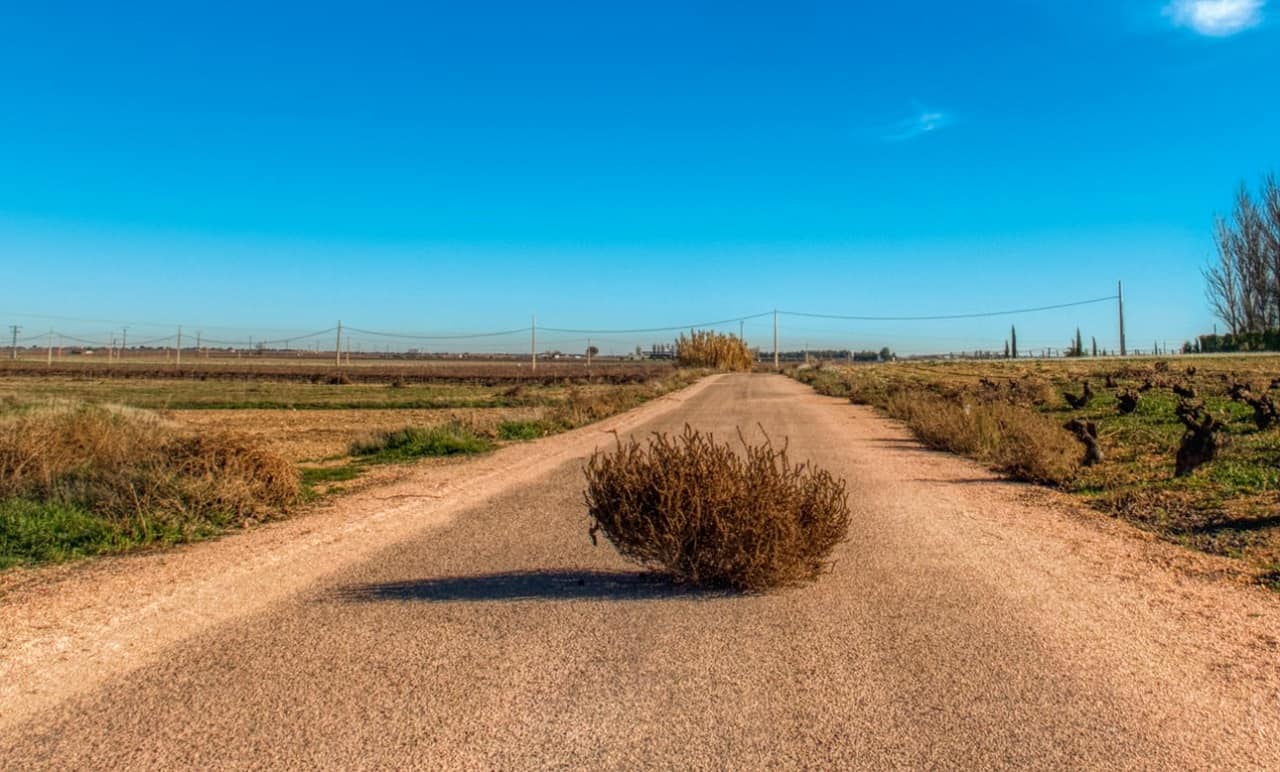
Wise old sayings are great — until they’re not.
I grew up with all sorts of sayings. Some are confusing, like A rolling stone gathers no moss. Is it good to avoid being covered by moss? Or is being covered by moss better? Industriousness can be good, but busyness for busyness’ sake isn’t. We need to rest, too. Some people are happy to be in the same place all their lives. Some seem destined to wander, needing the journey to be happy. But rocks only roll downhill. So how does this saying even help?
Another adage that was big in the 1980s is Bloom where you are planted. I have problems with this one, too. On the one hand, there is wisdom in working with what you have regardless of your circumstances. But on the other hand, sometimes you need to change the circumstances to live and thrive. I don’t believe staying in a toxic or abusive job or relationship is healthy at all. Yet, I suspect this saying has been used precisely to control people in such situations. On the other hand, if you’re the kind to run away from all discomfort and conflict, you will never find peace, because you can’t run from yourself — where the real problems lie.
I was thinking along these lines as I watered my indoor plants the other day. My spider plant sits on a small table in my office. It has all sorts of blooms and new plants hanging off it. I keep thinking that I should move it or find a place where it can hang. But the fact that it does put off so much new growth tells me that it’s quite happy where it is, although a taller stand would be helpful.
My Christmas cactus is another story. It has enjoyed a place in my bright living room since we moved to this house but hadn’t bloomed. So, I took drastic action in November. I moved it to the spare bedroom where it would be cooler and wouldn’t get much light, natural or otherwise. It bloomed like crazy for New Years. Next fall it’ll go into exile by Halloween.

Another pot with a central plant and ivy (hedera) went from the living room to my bedroom where it now thrives. Not only has the main plant put on lots of shoots in the center, but the ivy is trying to take over my dresser. My other ivy isn’t an ivy at all, even though that’s what everyone here calls it. An Epipremnum aureum, also known as Golden Pothos or Devil’s Ivy, it’s a popular plant because it’s almost impossible to kill and tolerates very low light. Mine is decidedly happy in the living room despite the occasional dust baths when the winds blow dust through the window sashes. My palm also seems to be fine there.
People are like these plants. Some, like the pothos ivy, can grow almost anywhere under a wide range of conditions. While everyone needs good friends, support, and encouragement, some can get by with a lot less than others, but that doesn’t mean they won’t do better with the good things. Others need a little more care, a little more support to get past fragile times. Most all plants have a rest time, where they use little or no fertilizer and less water. And some, like the Christmas cactus, need time away — even a comforting darkness — to bloom.
Another comparison that came to me was a tumbleweed versus a Western Hemlock in the Pacific Northwest.
After the tumbleweed blooms and develops seeds, the stem dries up and releases from its roots. Then, it blows wherever the wind sends it to scatter its seeds. Sometimes it’ll land up against a fence, alone or with a bunch of others, until the wind shifts and sends it a different direction. A single tumbleweed can roll for miles.
A hemlock, however, grows in a moist climate, shading the undergrowth, distributing its seeds in a relatively small area. A large and long-lived tree, it might get to 230 feet high and over 1000 years old before it succumbs to weather, old age or the chain saw. Even then, the remains of hemlocks, both logs and stumps, can become nursery logs. Their bark and wood collect water, dirt, and give nutrients to forest plants that grow and thrive in the decaying remains. I’ve met people like hemlocks. They often have a strong sense of family history and are frequently tied to a family farm or community where everyone knows one another and may be related. Or they may live in a city close to family, where multiple generations gather for celebrations or just Sunday dinner.

Hemlocks don’t grow on the plains or in the desert. Tumbleweeds don’t grow in the forest or where it’s too wet. And that’s ok. Even within families, not everyone is the same. That’s ok, too. In my family of immigrants and pioneers, there are both tumbleweeds, hemlocks, and a lot of folks in between.
So, while old sayings get passed on because they have some truth to them, that truth isn’t necessarily universal. Sometimes we need to change our circumstances. Sometimes, we need to change how we see our circumstances. We can lock ourselves into a mindset that says, “This is it. Live with it.” Or we can open ourselves to the possibilities and say, “How can I look at this differently? What can I change? What can I learn from and grow?”
Looking at my life, I’ve often felt like a tumbleweed. In other ways, I’m more of a pathos ivy. I’ve had my Christmas cactus moments, too. What kind of plant are you? Are you thriving where you are planted, or do you need a transplant? Maybe a pruning? (Painful, but worth it.) Do you resist what the Gardener is doing in your life, or do you accept the Gardener as integral to your growth and thriving? Perhaps there is a different adage that speaks to you for better or for worse. What are you going to do about it?
Grace, Peace and Hugs!